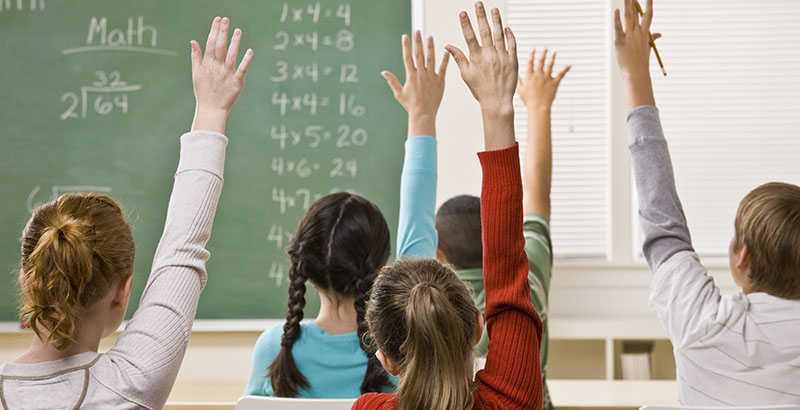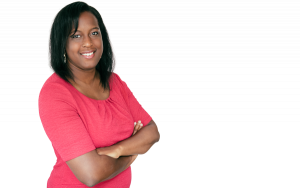As More Parents of Special Needs Students Seek Out Individualized Options, KIPP Expands ‘Pathways’ Program

During a recent car ride, Sheila Brailsford realized her son, Zameir Gray, had achieved something of a milestone: The 7-year-old boy, who is nonverbal and autistic, started saying the names of some of his favorite fast-food places.
“We rode past Applebee’s and he was like, ‘Applebee’s,’ ” she said, adding hard pauses between the consonants. “I was like, oh my God. … And he just kept saying it. It just lit me up. … For him to say anything, that’s progress.”
Brailsford attributes her son’s progress to Pathways, a two-year-old program at KIPP Life Academy in Newark. Pathways offers self-contained classrooms for students with the most severe special needs — such as autism, Down syndrome, and emotional disorders — at the KIPP Life elementary school and KIPP Bold Academy middle school, a few miles away.
In the face of research showing that charter schools educate fewer special needs students than district schools do, the KIPP network of 80,000 students in 200 schools across 20 states is increasingly offering families the option of educating their special needs children outside mainstream classroom settings.
Though some policymakers and researchers advocate mainstreaming special education students rather than separating them from the general student population, “We are finding there is a certain student, this type of self-contained environment is the best to meet their needs,” said KIPP spokesman Steve Mancini. “As KIPP has grown and matured, there has been this need to create these self-contained environments.”
In most KIPP schools in New Jersey, special needs students are pulled out of their general-education classrooms if they require individualized instruction. But Pathways students are placed in smaller classes with several teachers who have an expertise in educating special needs kids. Each child has an Individualized Education Plan agreed upon by the school and the family. KIPP educators meet monthly to assess students’ progress against a set of clearly defined goals and tweak the IEP if necessary.
Pathways students spend most of their day in that classroom but may join their general-education peers for assemblies, field trips, or elective courses.
Since it began, the program has grown from about 14 students to about 27. One student who was in Pathways last year is moving back into a mainstream setting.
“Our goal is to serve all kids,” said Kerry Boccher, director of special education for KIPP New Jersey. “It is our job to figure out how best to serve that kid.”
Overall, 8 percent of KIPP’s Newark elementary students are classified as special ed, while 15 percent of middle schoolers and 22.6 percent of high school students have special needs. About 15 percent of Newark Public Schools students have special needs.
In recent years, other KIPP regions have expanded their self-contained special education environments as well. In the D.C. KIPP region, educators started The Learning Center, a separate program that educates about 77 special needs students in grades K-8.
https://www.instagram.com/p/BGaszkQSw4b/?taken-at=991593917
San Jose KIPP leaders started the Teaching Program, a self-contained teaching model that is serving a dozen students with moderate to severe needs, including children on the autism spectrum. There are plans to expand the program to high schools. In San Francisco, a program was started for students with severe emotional problems, with mental health counselors on site.
Ilene Schwartz, a professor in the college of education at the University of Washington, said there are instances in which it might make sense to offer self-contained classes to some special education students, but that doing so could have unintended consequences.
“Separate is never equal,” she said. “We just want to make sure that we are not unintentionally having lower standards [for special education students] from children who are [mainstreamed].”
Mancini said KIPP always consults with families before placing students in self-contained environments and that the number of kids who participate is small compared with the overall student body.
Brailsford is one parent who is grateful for the individualized instruction that KIPP’s Pathways program offers her son. He transitioned from a class of about 28 students in a mainstream setting to one with about eight students in the Pathways program. Since then, he has bonded with his teachers and fellow students, she said.
“It’s a good program. I really do like it,” she said. “It’s nothing they won’t do for Zameir.”
Get stories like these delivered straight to your inbox. Sign up for The 74 Newsletter

;)
